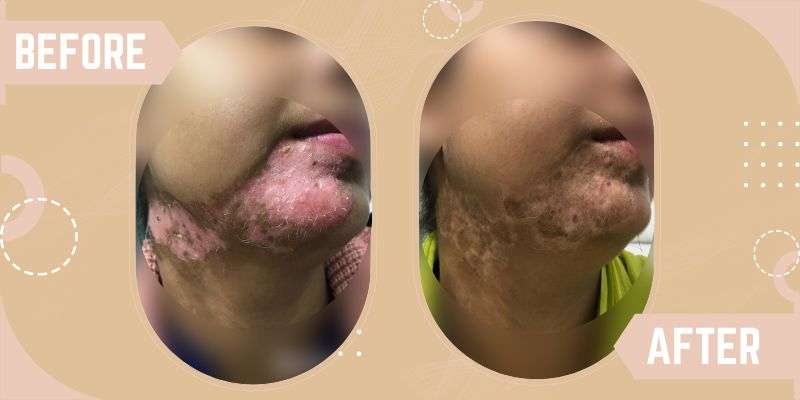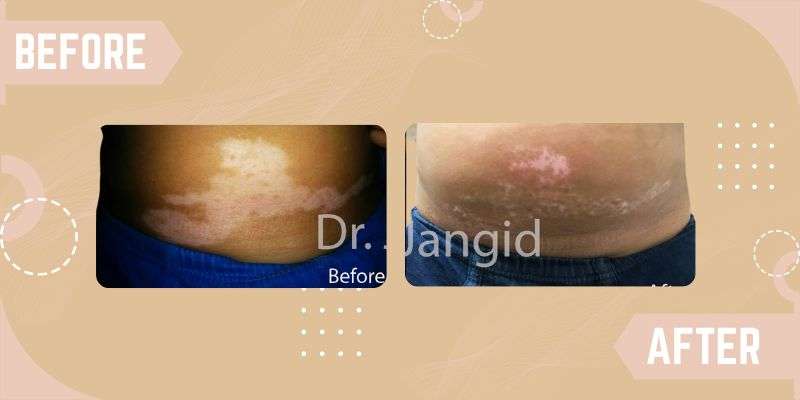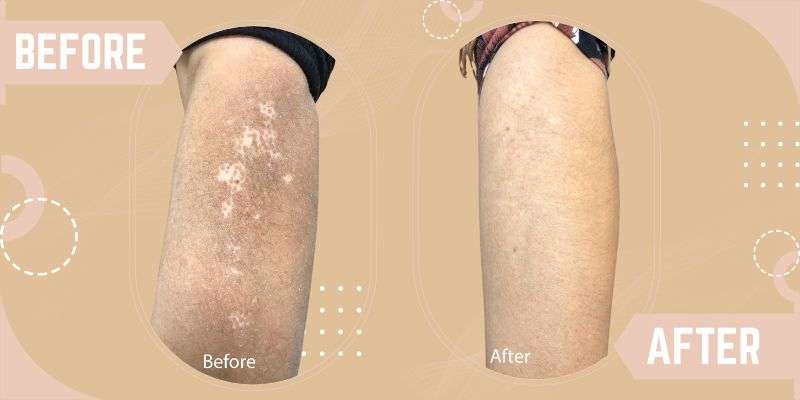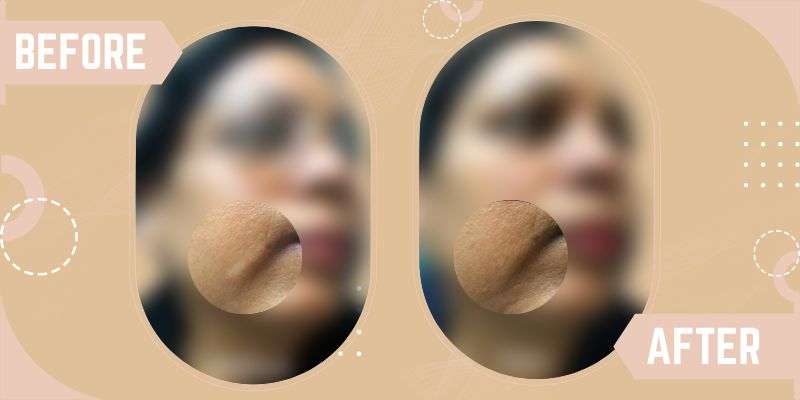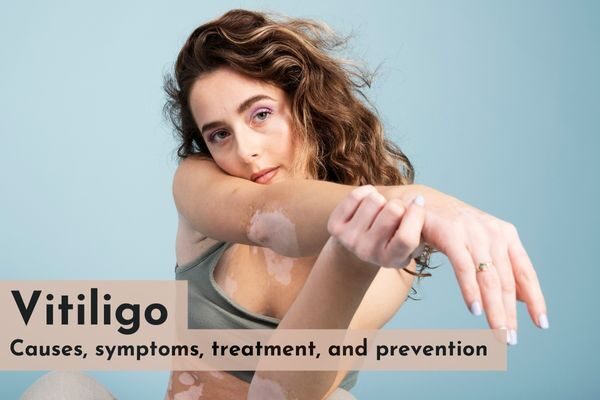
What is vitiligo?
Vitiligo is a chronic skin disorder characterized by the loss of pigment, resulting in white patches on the skin. It affects people of all ages and races, impacting both physical appearance and emotional well-being. This article aims to provide a comprehensive overview of vitiligo, including its causes, symptoms, available treatments, and preventive measures.
Causes of Vitiligo
The exact cause of vitiligo remains unknown, but researchers believe it to be an autoimmune condition. In autoimmune diseases, the body’s immune system mistakenly attacks its own cells, in this case, the melanocytes responsible for producing skin pigment. Other contributing factors may include genetic predisposition, oxidative stress, certain infections, and exposure to certain chemicals.
Symptoms of Vitiligo
While there is no definitive cure for vitiligo, several treatment options are available to manage the condition and improve the appearance of the skin. The choice of treatment depends on various factors such as the extent of the depigmentation, the location of the patches, and individual preferences. Some common treatment approaches include:
- Topical Corticosteroids
These medications help to reduce inflammation and slow down the progression of vitiligo. They are usually applied to the affected areas of the skin. - Topical Calcineurin InhibitorsThese creams or ointments suppress the immune response and help restore pigment to the depigmented areas.
- Phototherapy
This treatment involves exposing the skin to ultraviolet (UV) light, either in the form of narrowband UVB or psoralen plus ultraviolet A (PUVA). It stimulates the repigmentation of the white patches. - Excimer Laser
This targeted laser therapy focuses on specific areas of the skin to stimulate melanocyte activity and induce repigmentation. - Skin Grafting
In severe cases, where large areas are affected, surgical techniques like skin grafting or blister grafting may be considered to replace depigmented skin with customarily pigmented skin.
Prevention of Vitiligo
Since the exact cause of vitiligo is unknown, prevention strategies are limited. However, taking certain precautions may help reduce the risk of developing or worsening the condition:
- Sun Protection
Excessive sun exposure can trigger or worsen vitiligo. It is essential to use sunscreen with a high sun protection factor (SPF), wear protective clothing, and avoid prolonged sun exposure, especially during peak hours. - Avoid Skin Trauma
Injured or traumatized skin areas are more susceptible to developing vitiligo patches. It is important to prevent unnecessary trauma, including burns, cuts, or injuries to the skin. - Manage Stress
Stress cannot cause vitiligo but can exacerbate its symptoms. Stress management techniques such as exercise, meditation, and seeking support from friends and family can help reduce its impact. - Balanced Diet
Although there is no specific diet to prevent or cure vitiligo, a well-balanced diet rich in vitamins, minerals, and antioxidants can support overall skin health. - Early Intervention
If you notice any depigmented patches on your skin, seek medical advice promptly. Early intervention can help manage vitiligo more effectively.
Conclusion
Vitiligo is a chronic skin condition that affects individuals worldwide. While there is no cure, various treatment options can help manage the condition and improve the appearance of the affected skin. Additionally, taking preventive measures such as sun protection, stress management, and early intervention can make a significant difference. With ongoing research and support, individuals with vitiligo can lead fulfilling lives, embracing their unique skin and raising awareness about this condition.

